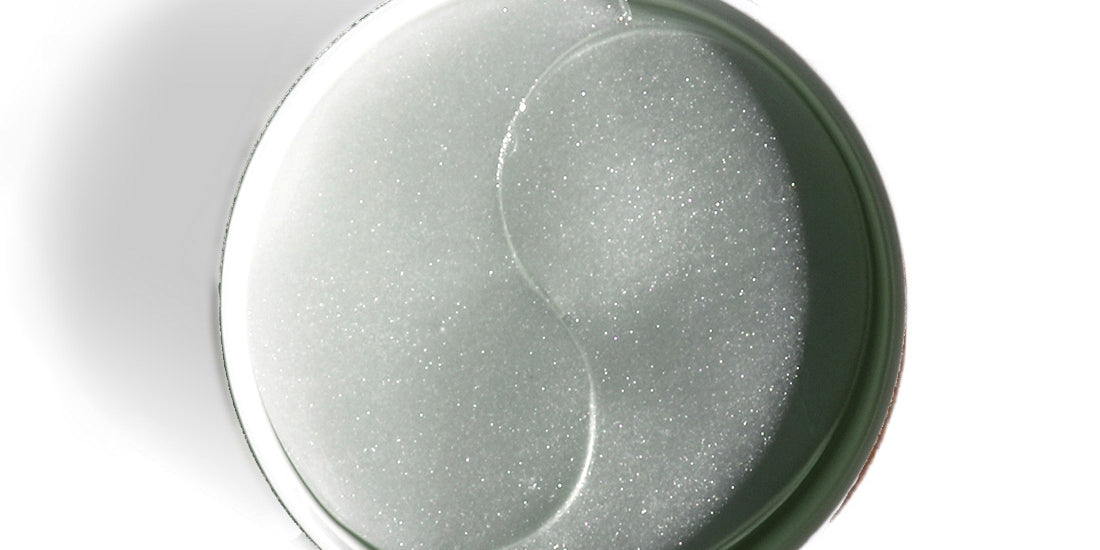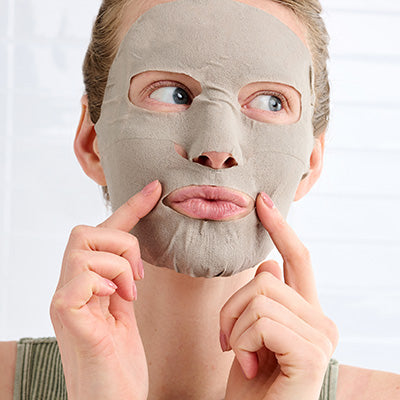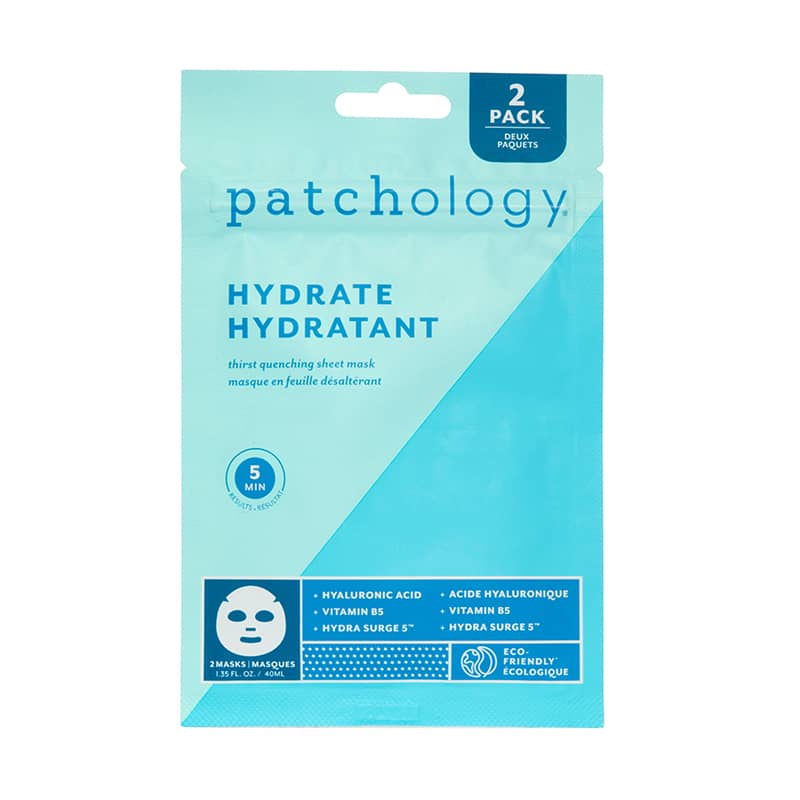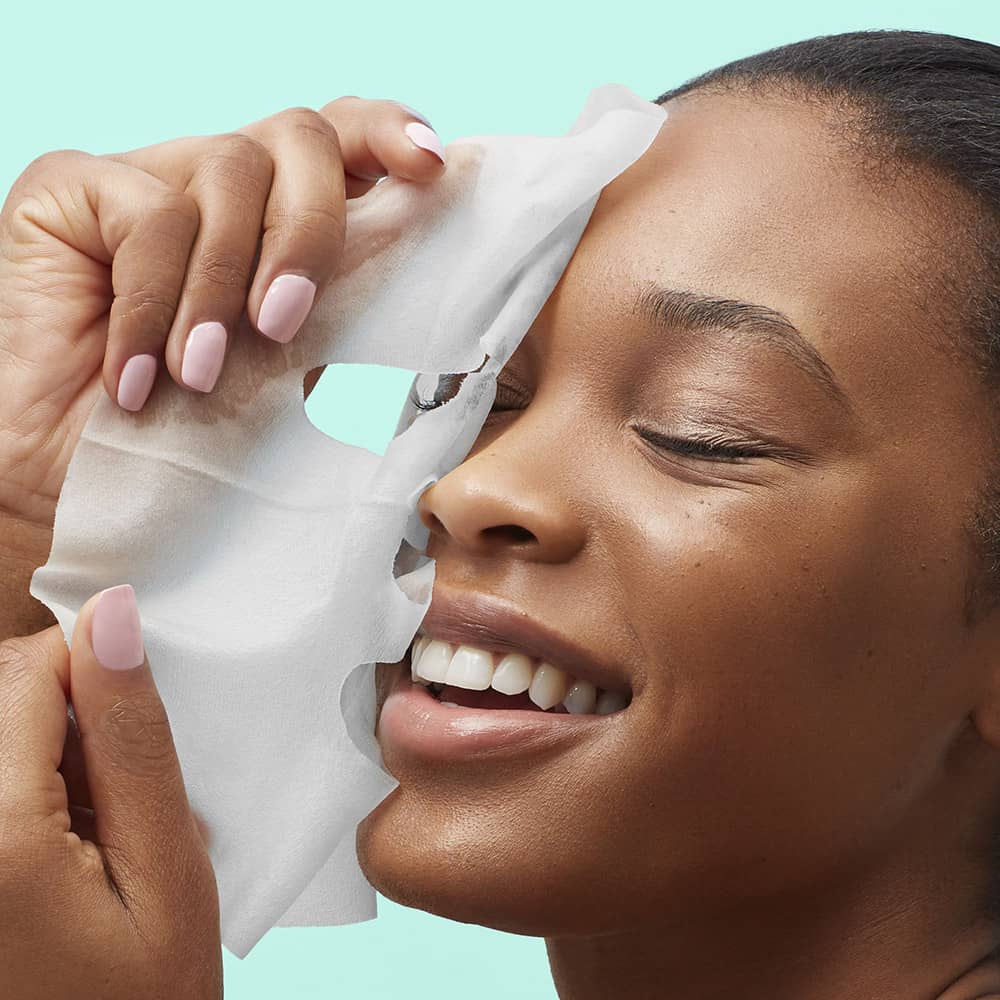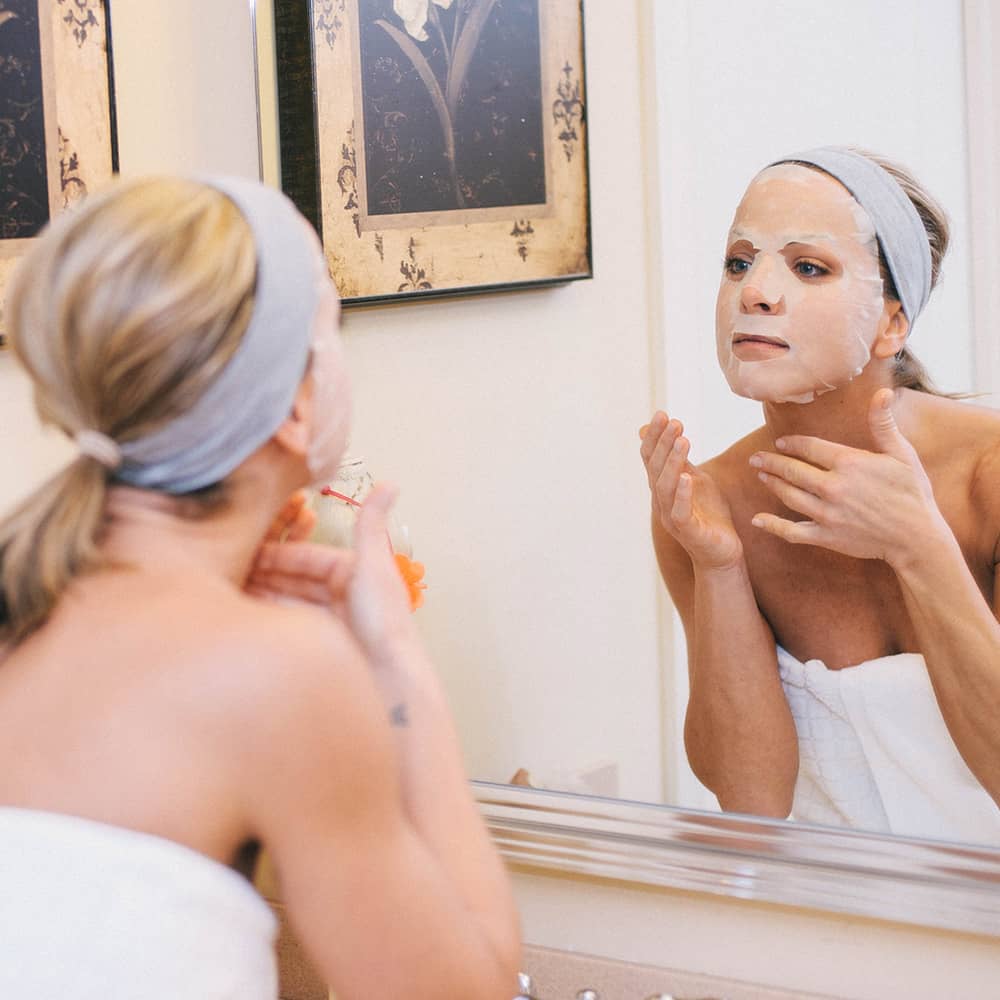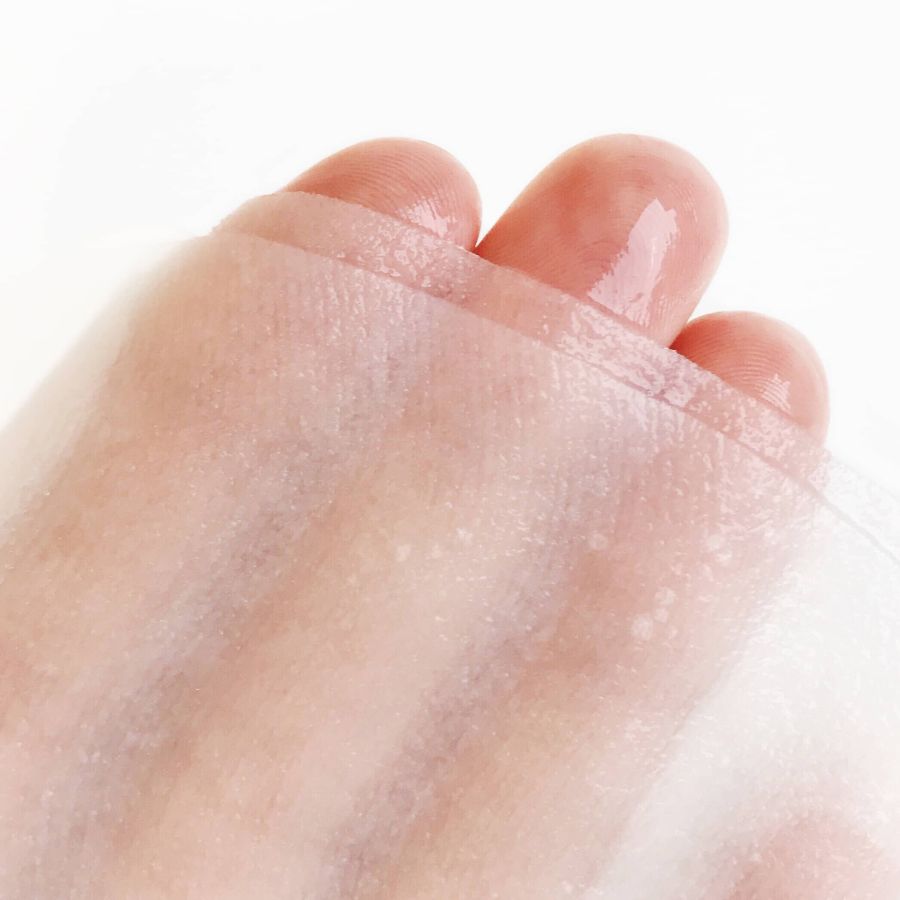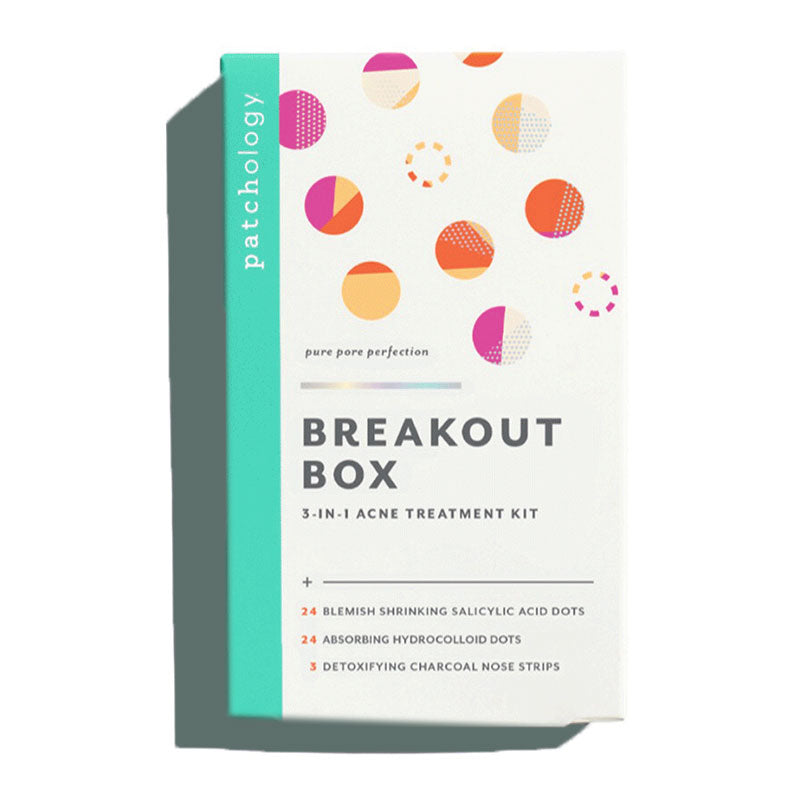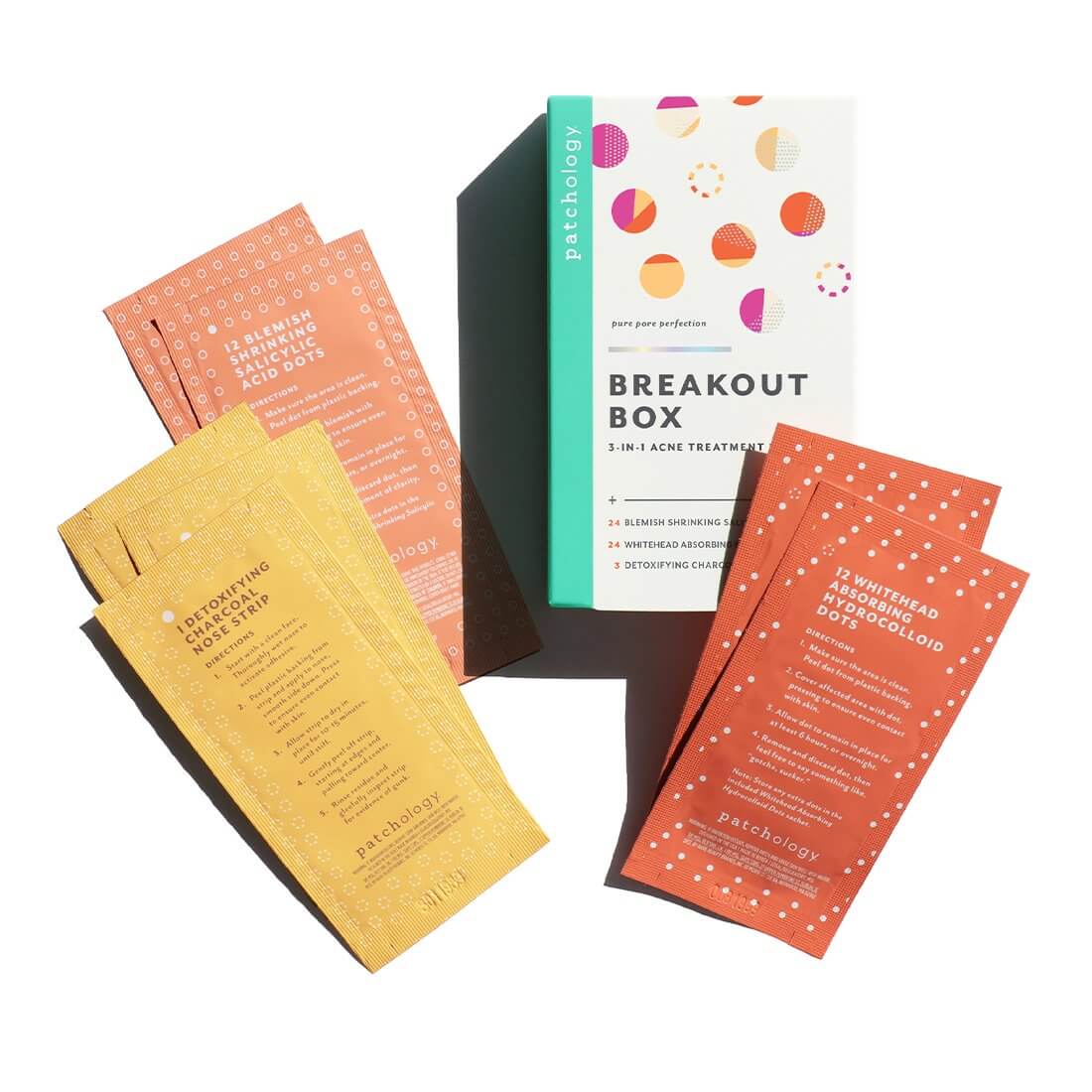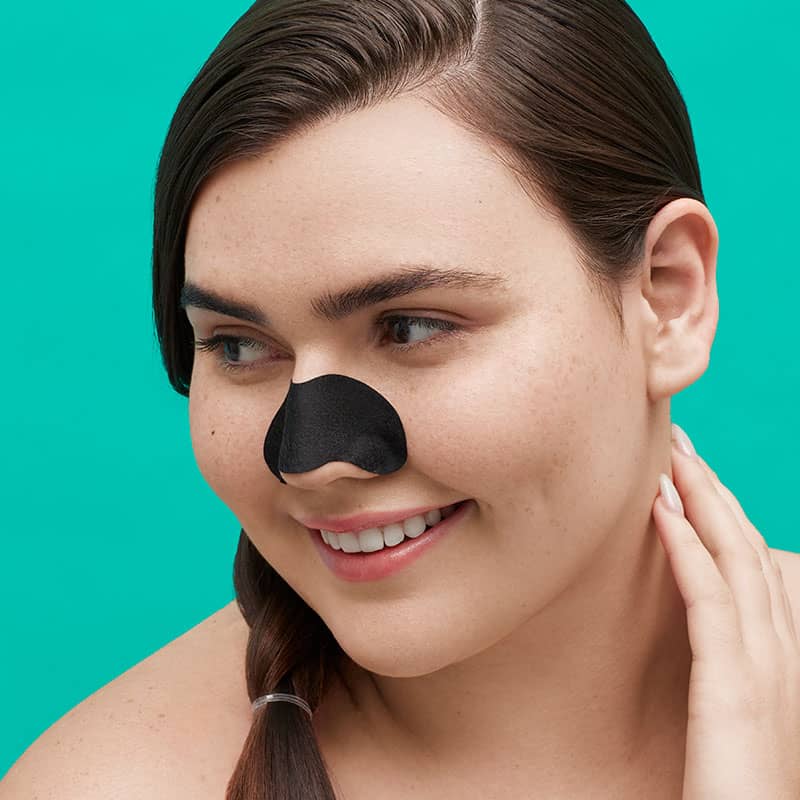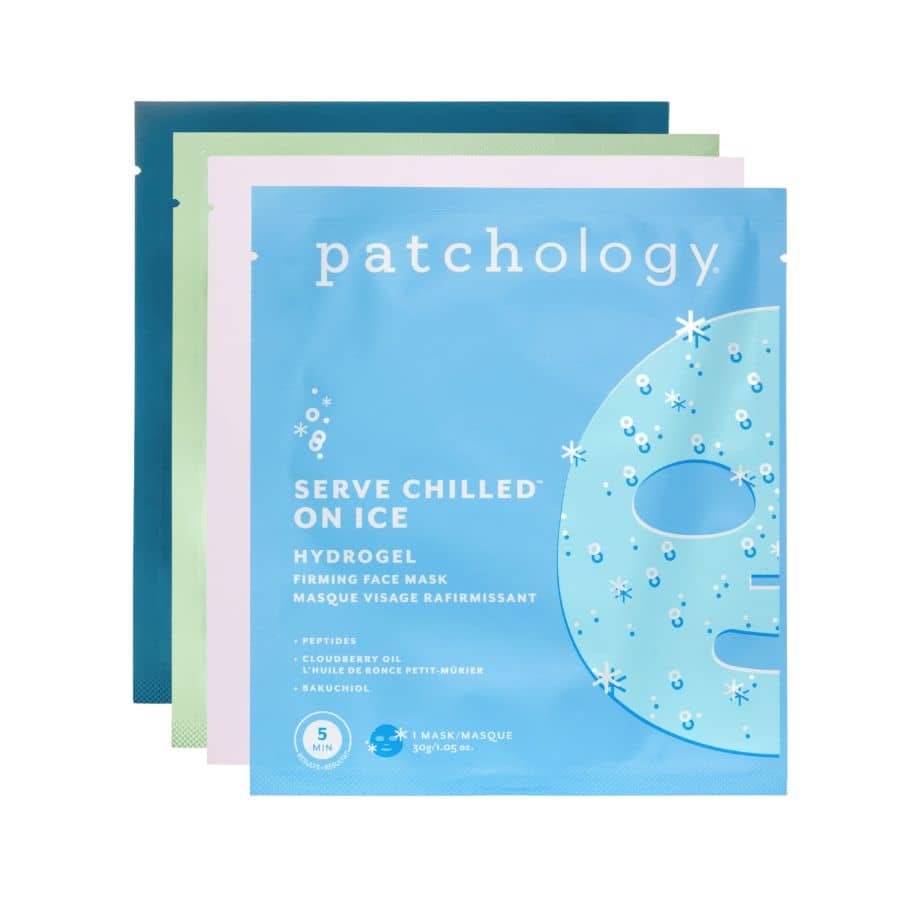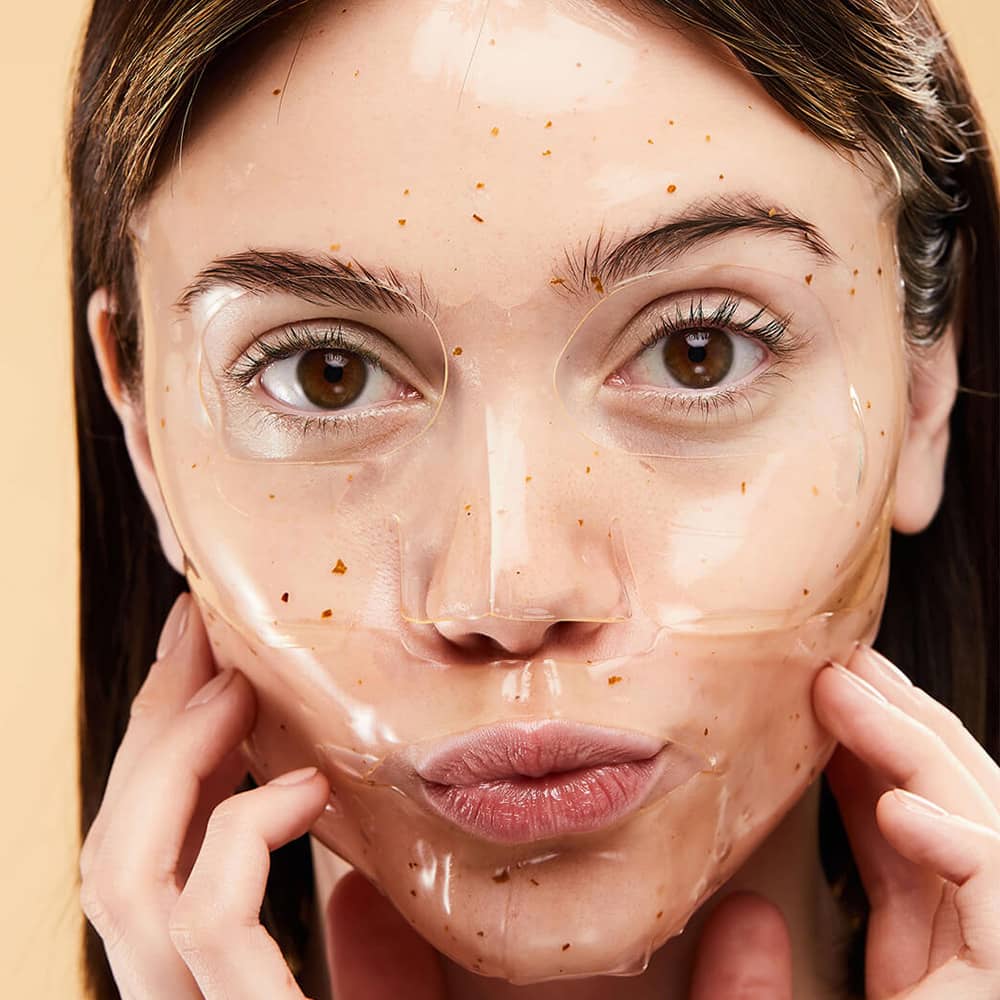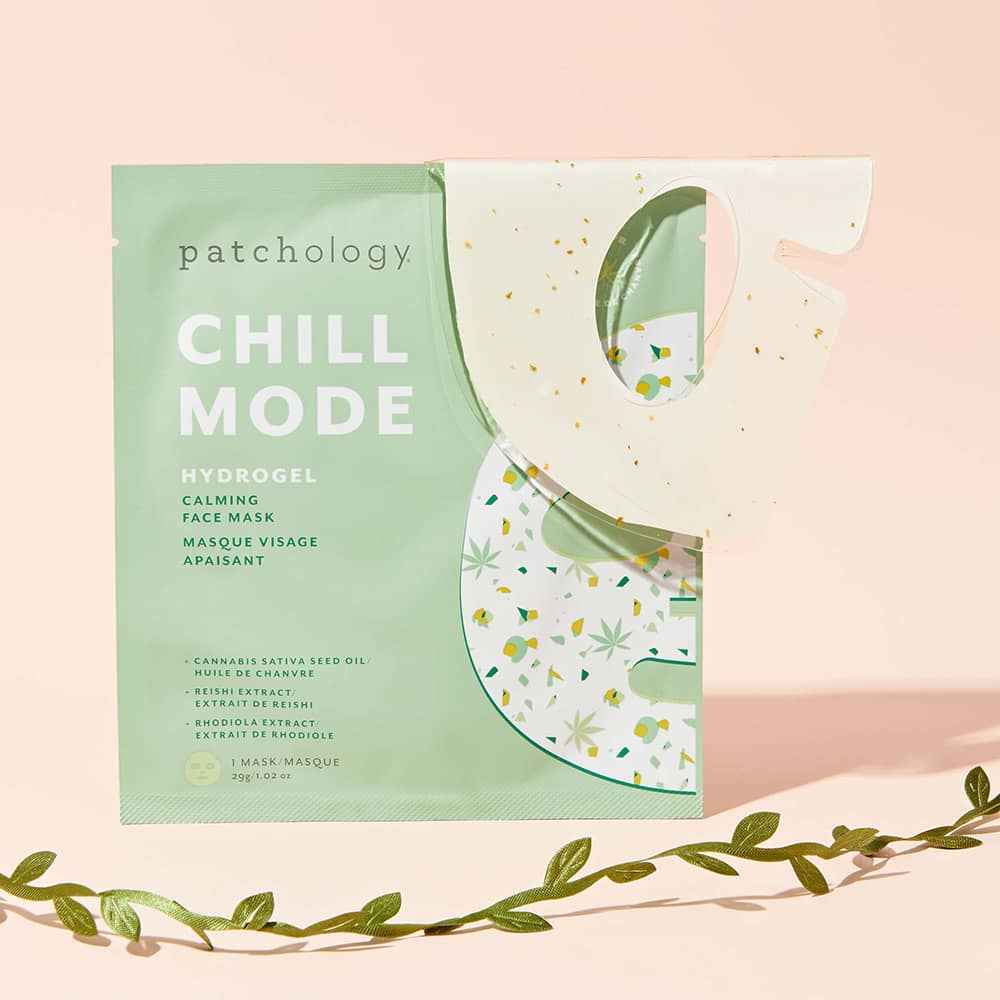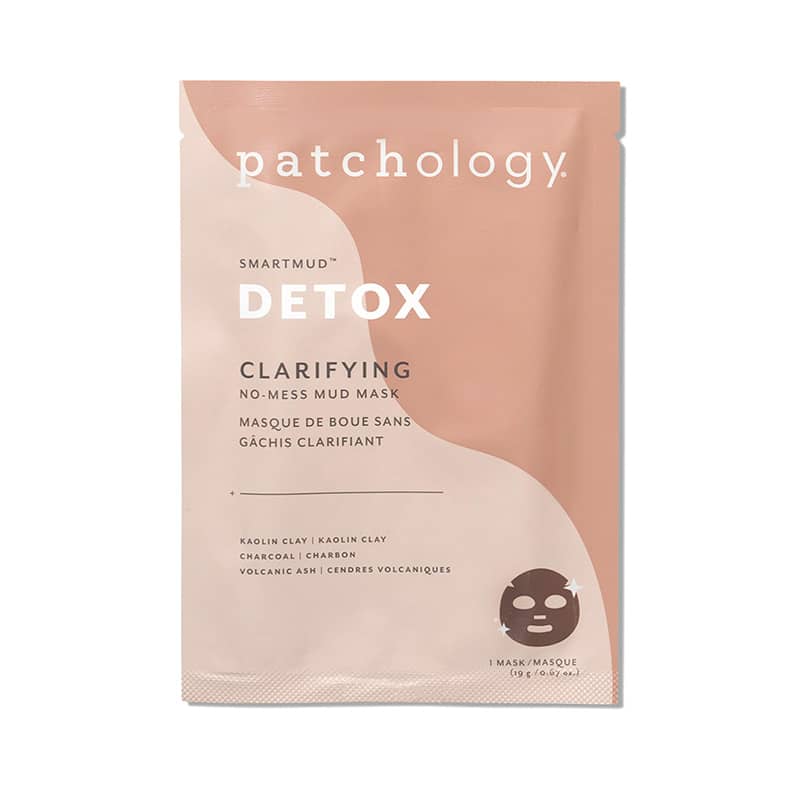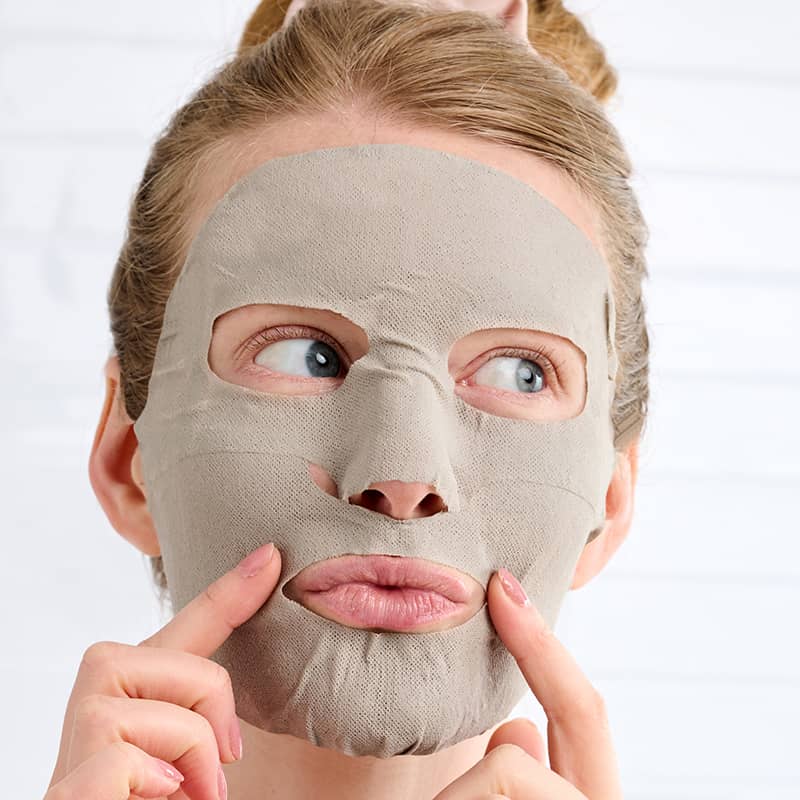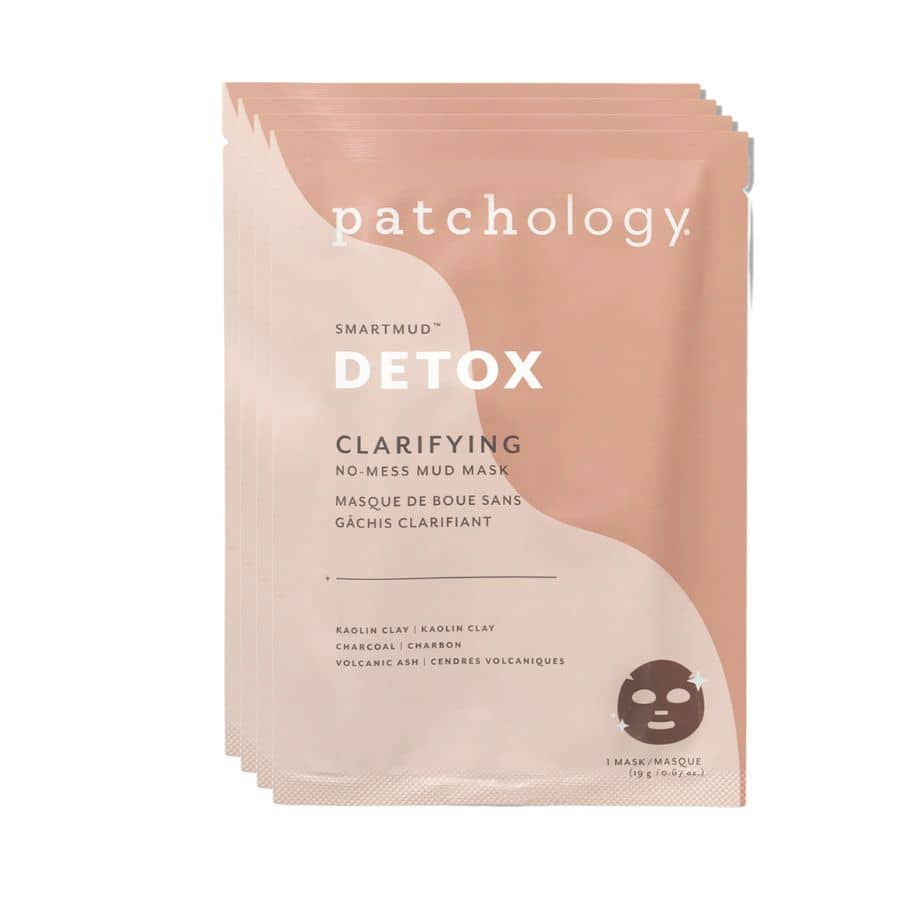Summer's over, but the aftermath isn't pretty. Between the beach days, poolside cocktails, and that "just five more minutes" attitude toward SPF reapplication, your skin is probably sending you some serious SOS signals. Those dark spots that weren't there in June? The fine lines that seem deeper? The rough texture that even your favorite moisturizer can't quite smooth? Welcome to the post-summer skin damage club—membership is unfortunately quite popular.
But here's the plot twist your skin has been waiting for: September is actually the perfect time to hit the reset button. Think of it as your skin's New Year—except instead of gym memberships, we're talking about targeted treatments that actually work. Dermatologists call this post-summer period the "golden window" for repair, when your skin is finally ready to focus on healing instead of defending against daily UV assault. Ready to give your complexion the comeback story it deserves?
The Real Talk About Summer Sun Damage

Decoding the Damage: More Than Just "Looking Tired"
Let's be honest—that summer glow you were chasing probably came with some unwanted side effects. UV radiation, especially from the sun, prematurely ages your skin, and the signs are often more complex than a simple sunburn. We're talking about dark spots (hello, hyperpigmentation), uneven skin tone, fine lines that seem to have appeared overnight, rough texture that makeup can't quite hide, and enlarged pores that foundation settles into.
UV rays can break down collagen and elastin, two proteins that keep skin firm and smooth. This is why September skincare routines need to focus on repairing summer sun damage—your skin has been working overtime to protect itself, and now it needs some serious TLC.
Beyond the Surface: What's Really Happening
The science behind sun damage repair is actually fascinating. When your skin was exposed to those intense summer UV rays, several things happened simultaneously. UV radiation is an important source of Free Radicals. These feared elements damage our tissues and cause premature skin aging. Your skin also ramped up melanin production to try to protect itself, which often results in uneven pigmentation and dark spots.
Meanwhile, your skin barrier—that crucial protective layer—took a beating from sun exposure, chlorine, salt water, and increased sweating. This compromised barrier function leads to dehydration and makes your skin more vulnerable to environmental stressors. The good news? Nighttime is when skin does the bulk of its repair work, such as making new cells and mending or shedding old, damaged ones. This is exactly why your September skincare reset needs to maximize those overnight repair hours.
Your September Skin Intervention Plan

The Repair Trio: Ingredients That Actually Work
When it comes to repairing summer sun damage, not all skincare ingredients are created equal. Retinoids are good for treating fine lines and wrinkles, age spots, and for reducing roughness and the size of pores. These powerhouse ingredients boost cellular turnover, helping to shed damaged surface cells and reveal fresher skin underneath.
For targeted retinol delivery without irritation, Patchology's Restoring Night Eye Gels and Beauty Sleep hydrogel masks are game-changers. They deliver concentrated retinol exactly where you need it most—around the delicate eye area where summer sun damage often shows up first.
Vitamin C helps to repair existing skin damage, stimulate collagen production, and is an antioxidant (helps prevent damage by neutralizing free radicals). This makes it essential for any post-summer skincare routine. During the day, vitamin C serums provide ongoing protection, while evening treatments focus on repair.
For gentle yet effective exfoliation, alpha hydroxy acids are your best friend. Alpha hydroxy acids can help reduce hyperpigmentation but it's best to use these in the evening, or with a sunscreen used in the morning. Patchology's Exfoliate Mate masks provide controlled exfoliation that removes sun-damaged surface cells without over-irritating already stressed skin.
The American Academy of Dermatologists covers the best ingredients to repair and treat sun damage.
Hydration Station: Rebuilding Your Skin Barrier

Post-summer skin repair isn't just about active ingredients—hydration is absolutely crucial. When your skin barrier is compromised from sun exposure, it can't hold onto moisture effectively, leading to that rough, lackluster texture that screams "I spent too much time in the sun."
Antioxidants like resveratrol are particularly effective for repairing sun damage. The Serve Chilled Rosé Eye Gels combine hydrating hyaluronic acid with powerful resveratrol to address both dehydration and free radical damage around the eyes.
For comprehensive skin renewal, moodmasks are your secret weapon. These masks help rebuild the skin barrier while supporting barrier production. Patchology's Press Reset masks and Playing Defense masks are perfectly named for September—they literally help your skin press reset after a summer of damage.
The September Reset Routine
Morning: Protect & Prevent Mode
Your morning routine should focus on protection and gentle care. Start with a gentle cleanser to remove any overnight treatment residue without stripping your already-compromised skin barrier. Follow with a vitamin C serum to provide antioxidant protection for the day ahead.
The most crucial step? It's essential to apply sunscreen daily to reduce your risk of skin cancer, no matter the weather. Choose a broad-spectrum SPF 30+ and apply it to all exposed areas—face, neck, ears, and hands. Dermatologists recommend reapplying every 2 hours if you're spending extended time outdoors.
Evening: Repair & Restore Time
Evenings are when the magic happens for sun damage repair. Start with a thorough double cleanse to remove sunscreen, makeup, and daily environmental buildup. This ensures your treatment products can penetrate effectively.
 Alternate your active ingredients to avoid irritation. Use retinol products 2-3 nights per week, and incorporate AHA treatments on alternate evenings. For those dealing with post-summer breakouts from heavy sunscreens and increased sweating, Patchology'sS.O.S. Clarifying Liquid Patches provide targeted treatment without over-drying already sun-stressed skin.
Alternate your active ingredients to avoid irritation. Use retinol products 2-3 nights per week, and incorporate AHA treatments on alternate evenings. For those dealing with post-summer breakouts from heavy sunscreens and increased sweating, Patchology'sS.O.S. Clarifying Liquid Patches provide targeted treatment without over-drying already sun-stressed skin.
End your routine with a rich, barrier-repairing moisturizer. Your skin does most of its repair work overnight, so give it all the support it needs.
Weekly Boosters: Next-Level Repair
Two to three times per week, incorporate deeper treatments into your routine. TheSmartMud Detox Face Mask helps draw out impurities and excess oil that can accumulate from summer sunscreen use, while volcanic ash and kaolin clay provide gentle detoxification.
Eye creams can work wonders for wrinkles and concealers can disguise dark circles, but there are few beauty products as instantly gratifying as under-eye patches. Make patch treatments a regular part of your weekly routine—they deliver concentrated ingredients exactly where you need them most.
Prevention Mode: Protecting Your September Glow-Up
The Non-Negotiables Moving Forward
Now that you're investing time and energy into repairing summer sun damage, protection becomes even more critical. The first step in reversing sun damaged skin is preventing further damage. This means daily SPF application becomes absolutely non-negotiable, even on cloudy September days when UV rays are still present.
For ongoing protection that works with your repair routine, consider Patchology'sPlaying Defense masks. These innovative patches provide both treatment and protection, helping to shield your skin while delivering beneficial ingredients.
Building Long-Term Skin Health
Consistency beats intensity every time when it comes to skincare. Consistent use of wrinkle patches along with a proper skincare regimen that includes facial exercise, moisturizer, sunscreen, and other anti-aging products may help maintain smoother, more youthful-looking skin over time.
Remember to adjust your routine seasonally. As the weather cools and humidity drops, your skin's needs will change. What works for September sun damage repair might need tweaking come November's dry winter air. You can learn more about repairing damage and skincare on Healthline with these 3 Essential Steps.
The September Skin Reset Challenge
Week 1-2: Foundation Phase
Start slowly and let your skin adjust. If you're new to retinol or AHA treatments, begin with once or twice weekly applications. Focus heavily on hydration and barrier repair during this initial phase. Use Press Reset masks twice weekly to give your skin a concentrated dose of repair ingredients.
Pay attention to how your skin responds. Some mild irritation is normal when introducing new active ingredients, but severe redness or peeling means you're moving too fast.
Week 3-4: Acceleration Phase

As your skin builds tolerance, you can increase the frequency of active treatments. This is when you'll start to see real improvements in texture, tone, and overall radiance. A 2023 systematic review found vitamin C to be effective in treating uneven, wrinkled skin and in helping to reduce hyperpigmentation, but noted that long-term use may be needed to achieve noticeable results.
Rotate between different Patchology treatments based on your skin's daily needs. Feeling congested? Reach for the S.O.S. liquid patch. Need deep hydration? The Rosé Eye Gels provide targeted moisture where summer sun damage is most visible.
Your Skin's September Comeback Story
Summer might have left its mark, but your skin's story is far from over. With the right ingredients, consistent routine, and a little patience, those post-summer concerns can become a distant memory. Experts say a checkup visit with your dermatologist, a professional in-office treatment and some at-home remedies can give your skin the post-summer detox it craves and needs.
The key to successful summer sun damage repair lies in understanding that this is a marathon, not a sprint. Results typically become visible after 4-6 weeks of consistent care, so don't get discouraged if you don't see dramatic changes immediately. Your skin is working hard to repair months of accumulated damage.
The Bottom Line: September isn't just about back-to-school vibes; it's your skin's chance to get back to its A+ self. Whether you're dealing with stubborn dark spots, fine lines, or just general summer fatigue, targeted treatments and consistent care can help you reclaim that healthy glow. Your future self (and your skin) will thank you for starting this repair journey now, before winter weather adds additional stress to your complexion.
Remember, prevention is always easier than repair, but with the right approach, your September skincare reset can undo much of summer's damage and set you up for healthier, more radiant skin going forward. Here's to your skin's ultimate comeback story.
Frequently Asked Questions
How long does it take to see results from sun damage repair treatments? Most people start noticing improvements in skin texture and tone after 4-6 weeks of consistent care. Dark spots and hyperpigmentation typically take 8-12 weeks to show significant fading, while fine lines may require 3-4 months of regular retinol use. Remember, patience is key—your skin is working hard to repair months of accumulated damage, so consistency trumps intensity every time.
Can I use multiple active ingredients together, or should I stick to one at a time? Start with one active ingredient at a time to let your skin build tolerance, then gradually introduce others. The golden rule: never layer retinol and AHA/BHA products in the same routine, as this can cause irritation. Instead, alternate nights—use retinol one evening, then an exfoliating treatment the next. Always follow with a good moisturizer and never skip morning SPF when using any active ingredients.
What's the difference between using patches versus traditional serums for sun damage repair? Patches deliver concentrated active ingredients directly to targeted areas while creating an occlusive barrier that enhances penetration and prevents evaporation. This means you get more bang for your buck with ingredients like retinol, vitamin C, and hyaluronic acid. Traditional serums are great for all-over treatment, while patches excel at spot-treating specific concerns like under-eye damage, dark spots, or areas that need extra attention.
More Reading: Your Skincare Education Library
Essential Skincare Guides:
- Cooling Skincare Routine: A Step-by-Step for a Natural Summer Glow - Perfect follow-up for maintaining your results
- The Science Behind Hyaluronic Acid: Why Your Skin Craves This Powerhouse Ingredient - Deep dive into one of the most effective hydrating ingredients
- Retinol 101: Everything You Need to Know About This Anti-Aging Hero - Master the ingredient that's essential for sun damage repair
Expert Resources:
- How Dermatologists Treat Sun-Damaged Skin - American Academy of Dermatology's comprehensive guide
- An Essential Checklist to Healing Sun Damage and Dark Spots - Healthline's evidence-based approach to repair
- ELLE Editors Swear by These Under-Eye Patches - Why patches are having a major moment in skincare



